Distribution system water quality is a primary factor in balancing regulatory compliance and customer satisfaction. Operators must carefully regulate the residual disinfectant in drinking water while reducing the potential for disinfection byproduct formation.
Chloramines, also known as secondary disinfection, are commonly formed when ammonia is added to chlorine to treat drinking water. They generally provide longer-lasting disinfection as the water moves through distribution pipes to the tap. The US EPA has set Maximum Residual Disinfectant Level Goals (MRDLG) — the highest level of disinfectant that can be left in drinking water before there are known or expected health risks — for chlorine and chloramine. The federal MRDLG is four (4) parts per million for both disinfectants.

